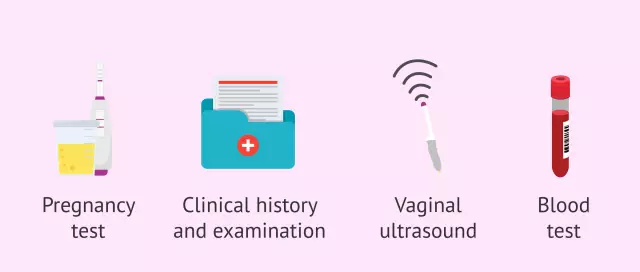- Author Rachel Wainwright [email protected].
- Public 2023-12-15 07:39.
- Last modified 2025-11-02 20:14.
Amenorrhea
Amenorrhea (amenorrhoea; a - neg. Part + Greek. Men - month + rhoia - expiration, flow) - absence of menstruation for 6 months or more.
The following types of amenorrhea are distinguished:
- Secondary (amenorrhoea secundaria) - amenorrhea that occurs when there is a history of normal menstruation;
- Hypothalamic (amenorrhoea hypothalamica) - amenorrhea caused by decreased secretion of releasing factors and dysfunction of the hypothalamus;
- Pituitary (amenorrhoea hypophysialis) - amenorrhea, which is caused by damage to the pituitary gland;
- Cortical (amenorrhoea corticalis) - psychogenic amenorrhea due to the formation of a stagnant focus of excitation in the cerebral cortex;
- Lactation (amenorrhoea lactationis) - physiological amenorrhea that occurs during lactation;
- Radiation (amenorrhoea radialis) - amenorrhea that has developed due to the effect of ionizing radiation on the ovaries, which suppresses their function;
- Uterine (amenorrhoea uterina) - amenorrhea, which is caused by the absence or damage to the uterus;
- Primary (amenorrhoea primaria) - amenorrhea in women over 18 years old with signs of puberty and the absence of at least one menstrual period in history;
- Psychogenic (amenorrhoea psychogena) - hypothalamic - amenorrhea, which has arisen due to emotional shock;
- Physiological (amenorrhoea physiologica) - amenorrhea, which is caused by a change in the secretion of gonadotropic hormones during pregnancy and lactation, as well as during menopause;
- Ovarian (amenorrhoea ovarica) - amenorrhea associated with hormonal dysfunction of the ovaries.
Found a mistake in the text? Select it and press Ctrl + Enter.






